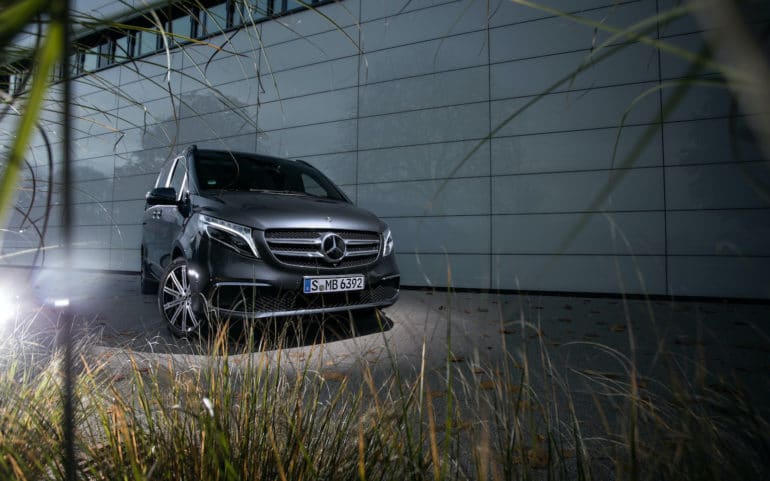The vehicle would be able to manage “all parts of the driving” when level 3 capabilities, as defined by the National Highway Transportation Safety Administration (NHTSA), were activated, but the driver would still need to be alert enough to quickly take control if required. That’s a significant improvement above today’s Level 2 systems like Tesla’s “Full Self-Driving,” Ford’s Blue Cruise, and GM’s Super Cruise. All of them are basically extra-capable highway cruise controls in which the driver must retain their focus on driving, usually by having their hands on or near the steering wheel, and be accountable for what the ADAS is doing while it is doing it. That’s a big cry from Tesla’s Knight Rider-style ADAS vision and what Level 2 autonomy is really capable of.
According to the business, Mercedes’ Drive Pilot technology can take over bumper-to-bumper crawling tasks up to 40 MPH “on appropriate motorway portions and where there is considerable traffic congestion” without the driver having to maintain their hands on the wheel. When activated, the system performs lane-keeping tasks, follows traffic flow, navigates to destinations entered into the navigation system, and will even respond to “unexpected traffic circumstances and manages them autonomously, e.g. via evasive movements inside the lane or by braking manoeuvres.”

